How to Optimize Your Poultry Feed Milling Machine for Maximum Efficiency and Output
Table of Contents
- Common Issues That Affect Poultry Feed Milling Machine Performance
- Signs Your Poultry Feed Milling Machine Needs Maintenance
- Understanding Material Flow Problems in Feed Milling
- The Impact of Inconsistent Feed Inputs on Machine Efficiency
- Preventive Measures to Address Poultry Feed Milling Challenges
- Techniques for Troubleshooting and Optimizing Your Milling Process
- FAQS
- Conclusion
- Related Posts
In the ever-evolving world of poultry farming, the efficiency of your Poultry Feed Milling Machine plays a crucial role in determining the success of your operation. With over 25 years of experience, Shanghai Zhengyi Machinery Engineering Technology Manufacturing Co., Ltd. (CPSHZY) stands at the forefront of feed processing machinery manufacturing, providing cutting-edge solutions designed to enhance production quality and output. As the demand for optimal feed formulations and sustainable practices increases, understanding how to effectively optimize your milling machines becomes imperative. This blog will delve into practical tips and strategies that can maximize the efficiency and output of your Poultry Feed Milling Machine, ensuring that you remain competitive in the thriving poultry industry while also contributing to environmentally-friendly agricultural practices. Join us as we explore innovative approaches that can lead to significant improvements in your feed production process.
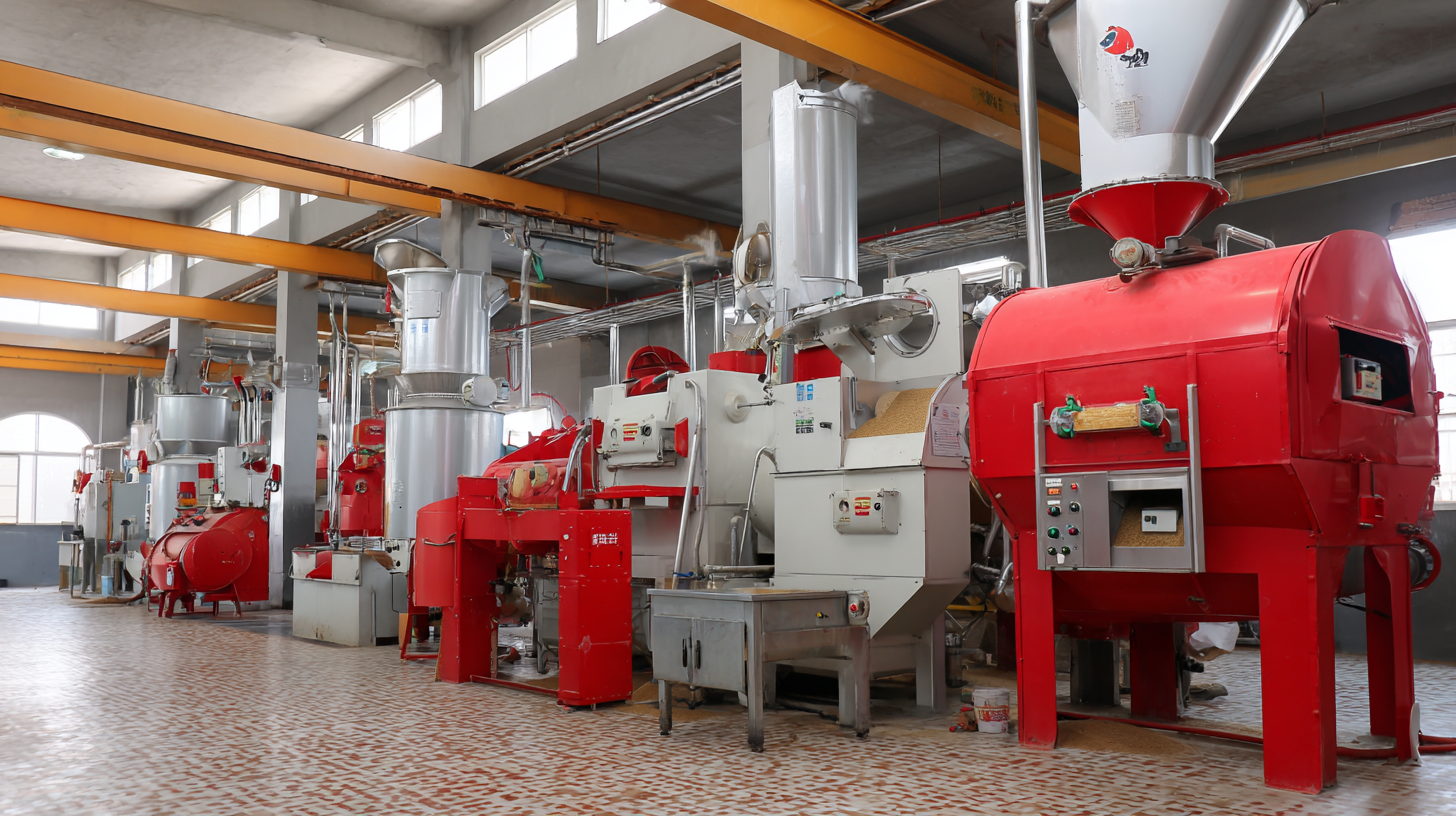
Common Issues That Affect Poultry Feed Milling Machine Performance
When operating a poultry feed milling machine, several common issues can significantly hinder its performance and efficiency. One prevalent problem is the buildup of residue in the milling chamber. Over time, leftover feed particles can create blockages that reduce the machine's output. Regularly cleaning the milling chamber and ensuring proper maintenance can prevent this issue.
Another critical factor affecting performance is the quality of raw materials. Utilizing ingredients that are too moist or contaminated can lead to inconsistent feed quality and machine malfunction. To mitigate this, always analyze the moisture content of your feed ingredients and ensure they meet the required standards before milling.
Additionally, improper settings on the milling machine can lead to inefficiencies. Incorrect knife adjustments or not calibrating the machine according to the specific feed being processed can cause increased energy consumption and decreased output. Regular training for operators on optimal machine settings and adjustments can greatly enhance performance and efficiency.
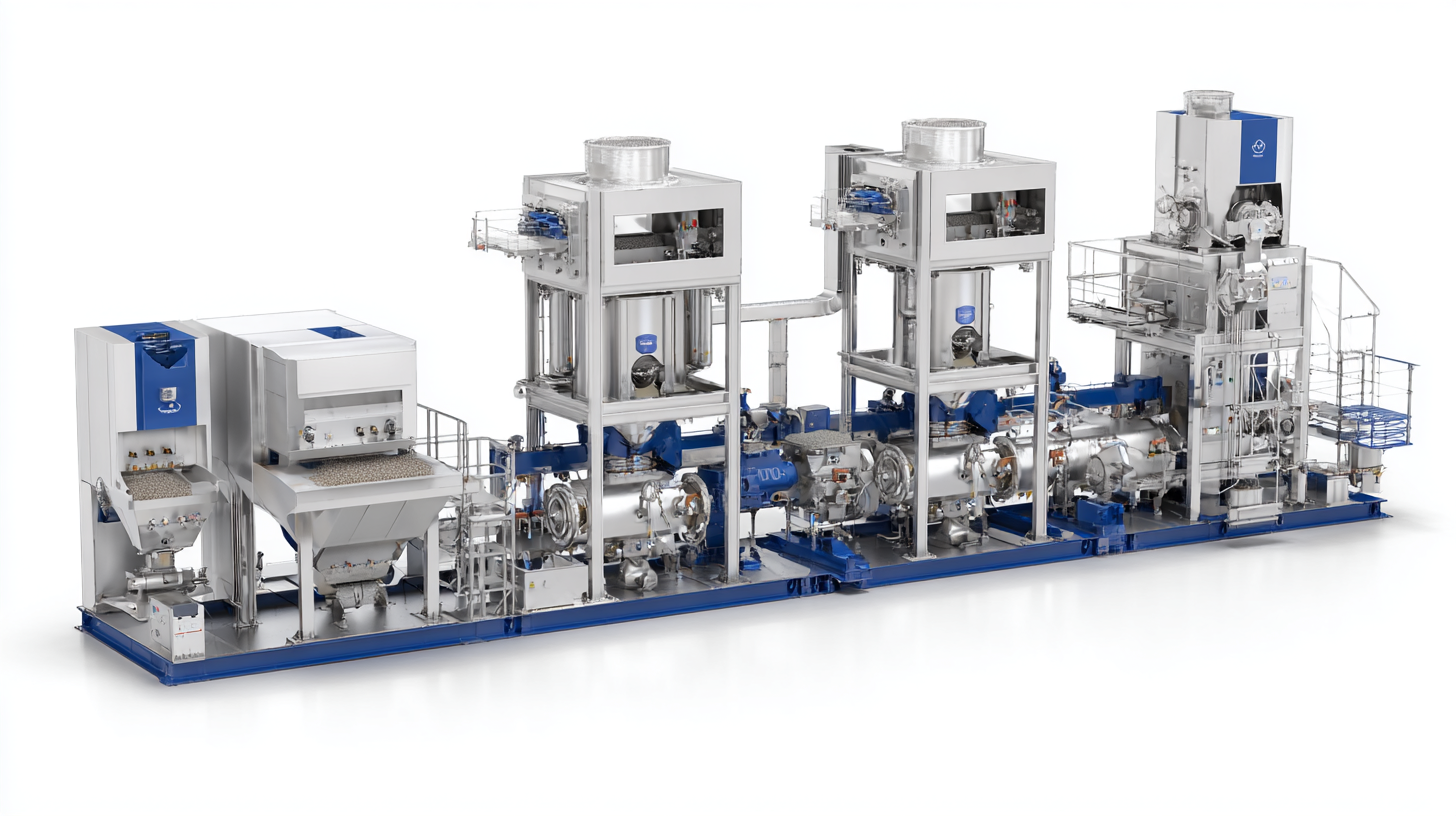
Signs Your Poultry Feed Milling Machine Needs Maintenance
When it comes to poultry feed milling machines, recognizing the signs that maintenance is needed can significantly impact your operation's efficiency and output. One major indicator is unusual noise during operation. If your machine starts producing grinding or rattling sounds, it may be a sign that components are wearing down or that there's an issue with the motor. Regularly check for these unusual sounds to prevent further damage and ensure smooth operation.
Another key sign to watch for is inconsistent feed quality. If you notice variations in texture or appearance of the feed pellets, it could indicate that the milling machine needs adjustment or parts replacement. Maintaining the correct settings and calibrating the machine regularly can help address these inconsistencies.
To keep your poultry feed milling machine running optimally, implement a routine maintenance schedule. This should include checking and replacing worn parts, lubricating moving components, and cleaning the machine to prevent buildup. Additionally, keep an eye on production rates; any drop in output could signal a need for immediate maintenance to avoid costly downtimes. Taking proactive steps can extend the life of your equipment and enhance overall productivity.
Understanding Material Flow Problems in Feed Milling
In the poultry feed milling industry, understanding material flow problems is crucial for achieving high efficiency and output. According to a report by the American Feed Industry Association, improper material flow can lead to significant production losses, sometimes up to 20% in extreme cases. Common issues include blockages during processing and inconsistent feed rates, which not only hinders production but can also affect the quality of the final product.
Addressing these flow challenges involves optimizing both the feed mill layout and machinery. For instance, integrating advanced sensors can help monitor the flow of materials in real-time, allowing for quicker adjustments that mitigate bottlenecks. A study from the International Journal of Poultry Science highlights that enhancing material flow can improve overall output by as much as 15%, simultaneously reducing energy consumption. By prioritizing effective material flow mechanisms, poultry feed manufacturers can drive greater productivity and maintain a competitive edge in the market.
The Impact of Inconsistent Feed Inputs on Machine Efficiency
Inconsistent feed inputs can significantly affect the efficiency of poultry feed milling machines, leading to increased downtime and reduced output. According to a report by the Feed Industry Association, unsteady raw material quality can hinder production by up to 20%, highlighting the need for reliable sourcing and processing methods. Fluctuations in moisture content and nutrient composition can lead to variable feed texture, impacting the machine's ability to operate smoothly. Ensuring uniformity in feed ingredients is crucial to optimize milling operations.
**Tips:** Regularly test raw materials for moisture and nutrient levels. This proactive approach helps in adjusting settings and machinery operation in real-time, reducing the risk of clogs or uneven production.
Another aspect to consider is the integration of digital monitoring systems. These systems can provide real-time data on the input quality, allowing operators to make quick adjustments to maintain machine efficiency. Research shows that facilities that adopted such technologies saw an efficiency increase of around 15%.
**Tips:** Implement a digital tracking system to log feed input variations and machine performance, ensuring you can quickly address any inconsistencies that arise.
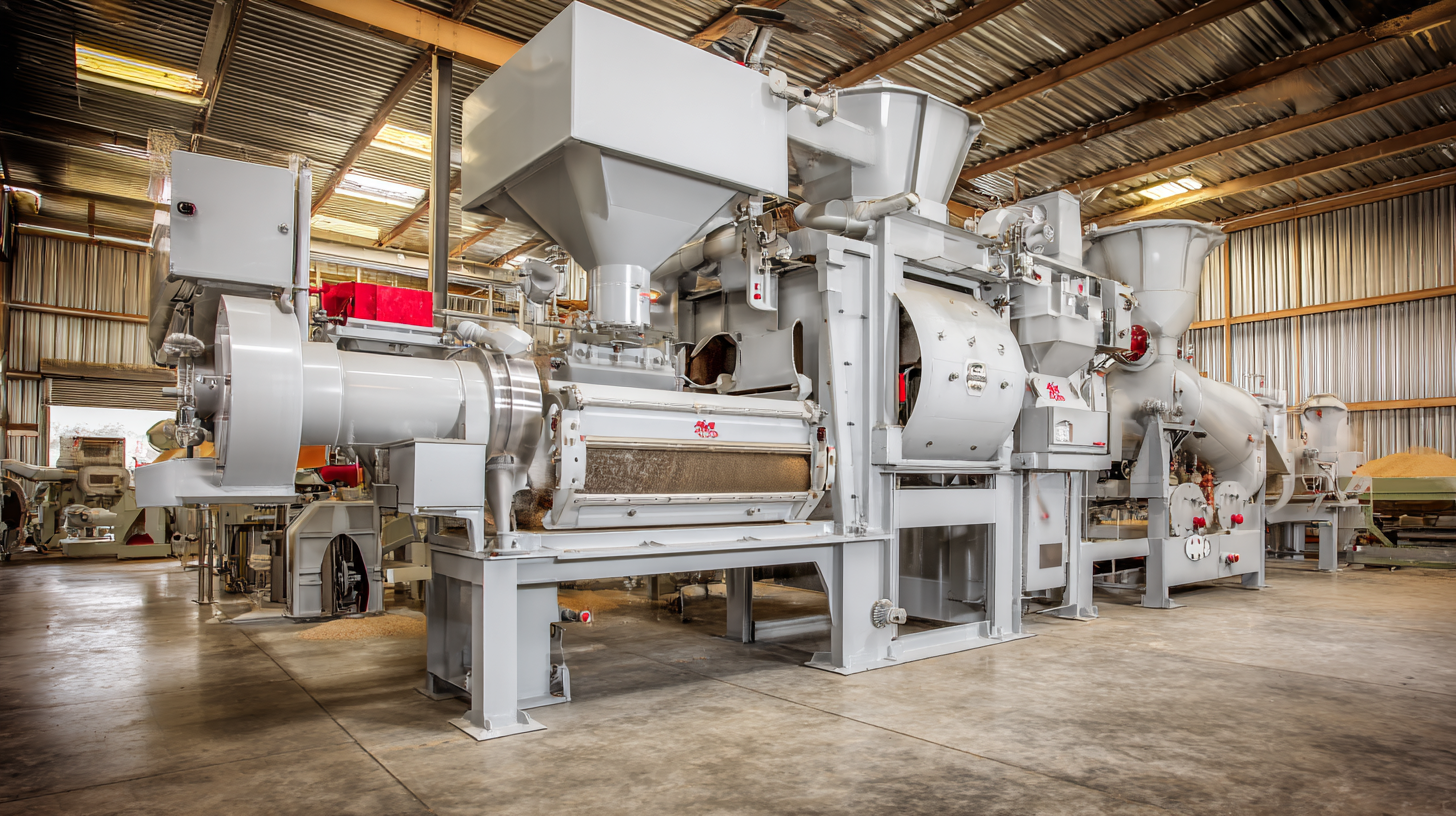
Preventive Measures to Address Poultry Feed Milling Challenges
Preventive measures play a crucial role in addressing challenges faced during the poultry feed milling process. One of the primary challenges is the inconsistency in raw material quality. To mitigate this, it's essential to establish a robust sourcing strategy that includes quality control checks at both the supplier and receipt stages. Implementing regular inspections and using standardized grading criteria can ensure that only the best ingredients are utilized, thereby maintaining the overall quality of the feed.
Another significant challenge in poultry feed milling is machine wear and tear, which can lead to downtime and increased operational costs. To prevent this, a proactive maintenance schedule should be created, focusing on regular checks and timely replacements of worn parts. Additionally, staff training on proper machine operation can significantly reduce the risk of damage caused by operator error. By fostering a culture of routine maintenance and training, feed producers can enhance the longevity of their milling machines and ensure a more efficient operation overall.
Efficiency of Poultry Feed Milling Machines
Techniques for Troubleshooting and Optimizing Your Milling Process
Optimizing the milling process in poultry feed production can lead to significant improvements in efficiency and output. By focusing on troubleshooting techniques and the optimization of process parameters, operators can enhance the performance of their milling machines. Implementing systematic analysis methods, such as Response Surface Methodology and Grey Relational Analysis, allows for the thorough examination of various factors influencing milling precision and efficiency.
Tips for optimization include regularly monitoring the moisture content of the feed materials, as this can dramatically affect milling efficiency. Additionally, adjusting the feed rate can help achieve a balance between quality and output, reducing energy consumption while maintaining optimal performance. It’s also beneficial to conduct routine maintenance checks on machinery to minimize downtime and prevent unexpected failures.
Integrating multi-objective optimization approaches to machining parameters can further streamline operations, particularly in environments that require both rough and fine machining processes. By identifying the ideal parameters for different material types, manufacturers can not only improve productivity but also promote environmentally friendly practices within their operations.
How to Optimize Your Poultry Feed Milling Machine for Maximum Efficiency and Output
| Parameter | Optimal Value | Current Value | Notes |
|---|---|---|---|
| Moisture Content (%) | 12-14 | 15 | Adjust drying process |
| Pellet Temperature (°C) | 80-90 | 95 | Check cooling system |
| Die Pressure (bar) | 30-35 | 37 | Check for blockages |
| Feed Rate (kg/h) | 1000-1200 | 950 | Increase feed flow |
| Energy Consumption (kWh) | 200-250 | 270 | Optimize motor settings |
FAQS
: Signs include unusual noises during operation, inconsistent feed quality, and a drop in production rates.
If the machine starts producing grinding or rattling sounds, it may indicate worn components or motor issues that require attention.
Variations in texture or appearance of feed pellets could suggest that the milling machine needs adjustments or parts replacement.
Implementing a routine maintenance schedule is recommended, which includes checks, lubrications, and cleaning to ensure the machine runs optimally.
Proper material flow can prevent production losses and maintain feed quality, which ultimately enhances efficiency and output.
Establish a robust sourcing strategy for raw materials with quality checks, maintain a proactive maintenance schedule, and provide staff training on proper machine operation.
Advanced sensors can monitor material flow in real-time, allowing for quicker adjustments that mitigate bottlenecks and improve overall production efficiency.
Machine wear and tear can lead to downtime and increased operational costs, making regular maintenance crucial to prevent such issues.
Create a proactive maintenance schedule, include regular checks and timely part replacements, and foster a culture of proper machine operation training among staff.
Improper material flow can lead to significant production losses, sometimes as much as 20% in extreme cases, affecting both efficiency and product quality.
Conclusion
In the quest for maximum efficiency and output from your Poultry Feed Milling Machine, it is crucial to understand the common issues that may hinder performance. Problems such as inconsistent feed inputs, material flow disruptions, and signs of wear and tear can significantly impact your milling operations. Regular maintenance and proactive troubleshooting can help address these challenges, ensuring smoother processes and higher productivity.
At Shanghai Zhengyi Machinery Engineering Technology Manufacturing Co., Ltd., we emphasize the importance of optimizing feed milling techniques. With over 25 years of expertise in manufacturing advanced feed processing machinery, we provide insights and solutions to enhance your Poultry Feed Milling Machine's performance. By implementing preventive measures and refining your milling process, you can achieve superior feed quality and operational efficiency for your production needs.
Related Posts
-
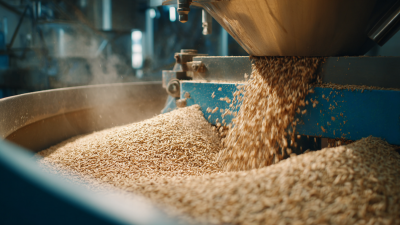
Top Strategies for Enhancing Efficiency in Chicken Feed Milling Operations
-

7 Essential Features of the Best Poultry Feed Machine for Global Buyers
-

Discover the Finest Chicken Feed Making Machines from China's Leading Manufacturing Factory
-

A Comprehensive Tutorial on the Best Animal Feed Pellet Making Machine for Beginners
-
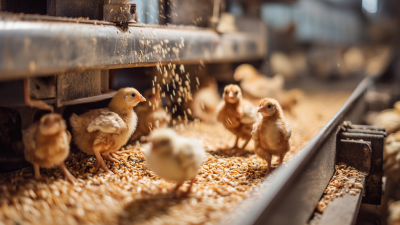
Innovative Examples of Poultry Feed Making Machine in Modern Farming
-
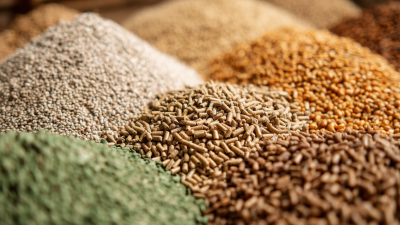
Challenges in Livestock Feed Pellet Mill Production: Navigating Quality and Efficiency Issues
Blog Tags:

